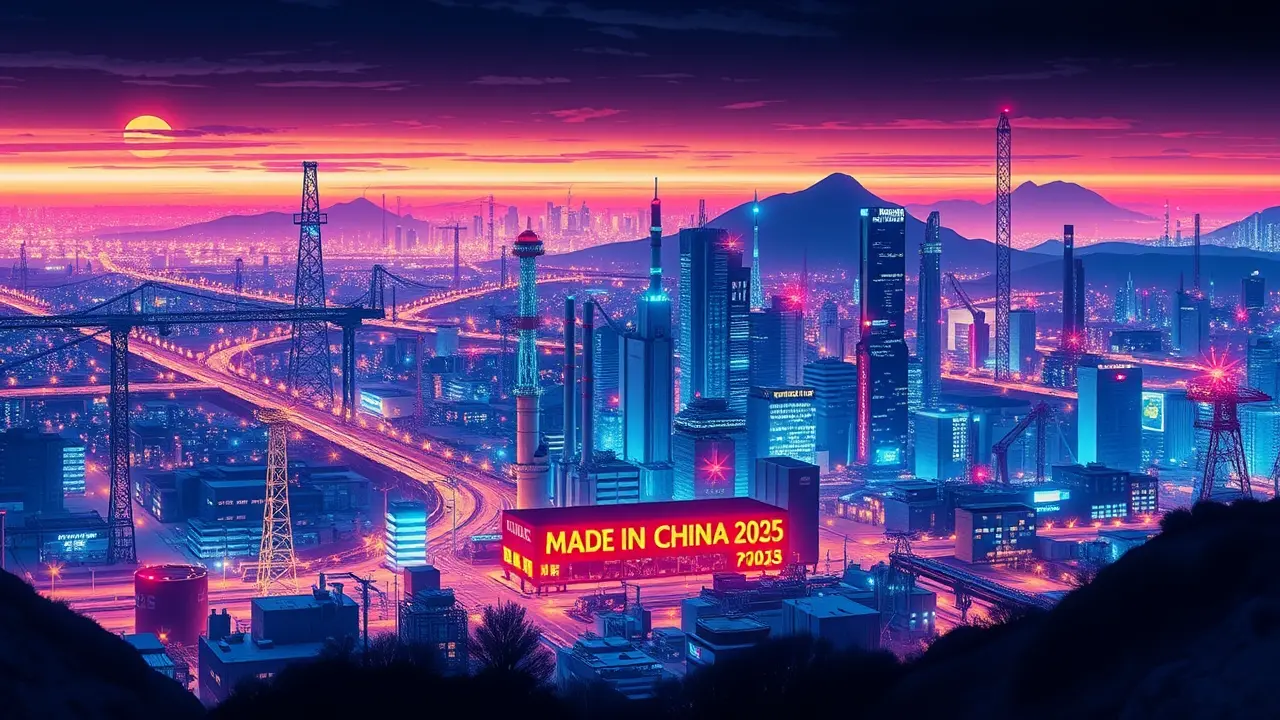
Politicsgovernments & cabinetsPolicy Agendas
China's Manufacturing Role in National Development Goals
RO
Robert Hayes
3 hours ago7 min read
The recent deliberations from the Communist Party of China's fourth plenum have cast a long shadow, reinforcing a strategic trajectory where manufacturing stands as the unshakeable cornerstone of Beijing's ambitions for the coming decade. This is not merely an economic policy shift; it is a calculated geopolitical maneuver reminiscent of historical industrial pushes that have redrawn global power maps.The Central Committee's recommendations for the 15th five-year plan, unveiled on October 28, serve as a formal recommitment to the 2035 socialist modernisation target, a vision intrinsically tied to gross domestic product per capita. This metric, however, belies the deeper objective: achieving comprehensive national power through technological self-sufficiency and supply chain dominance, a goal that echoes the mercantilist policies of rising powers throughout history.The plenum's outcomes signal a deliberate pivot away from the speculative excesses of the property sector and towards the tangible, state-steered engine of advanced manufacturing—from semiconductors and electric vehicles to artificial intelligence and green technology. This industrial policy, while framed in the language of domestic development, carries profound implications for the international order, challenging the post-Cold War consensus on global trade and supply chains.Analysts observing the situation draw parallels to the long-term strategic patience exhibited by nations during the Industrial Revolution, where control over production capacity ultimately translated into geopolitical leverage. The Chinese model, however, leverages state capitalism on an unprecedented scale, directing colossal subsidies, favorable financing, and regulatory guidance towards chosen champions.This creates a formidable competitor for Western economies, particularly the United States and the European Union, which are now scrambling to respond with their own industrial policies, such as the U. S.CHIPS Act and the EU's Green Deal Industrial Plan. The intensifying debate within China, therefore, is not about the *whether* of a manufacturing-centric future, but the *how*—navigating the immense challenges of debt, demographic pressures, and technological decoupling. The path Beijing is charting is one of high-stakes economic statecraft, where the factory floor becomes the primary arena for achieving its great power status by 2035, a goal that will inevitably reshape global economic alliances and confrontations for a generation to come.
#editorial picks news
#China
#manufacturing
#economic policy
#five-year plan
#Communist Party
#modernization
#GDP
Stay Informed. Act Smarter.
Get weekly highlights, major headlines, and expert insights — then put your knowledge to work in our live prediction markets.
© 2025 Outpoll Service LTD. All rights reserved.